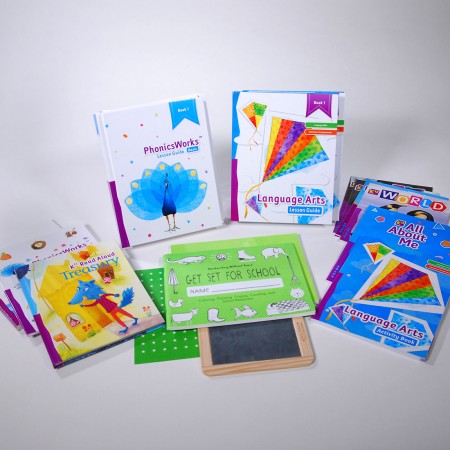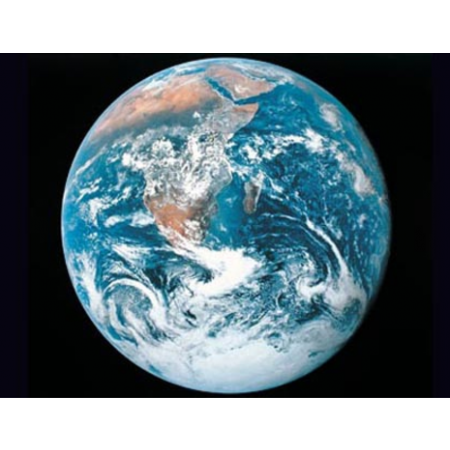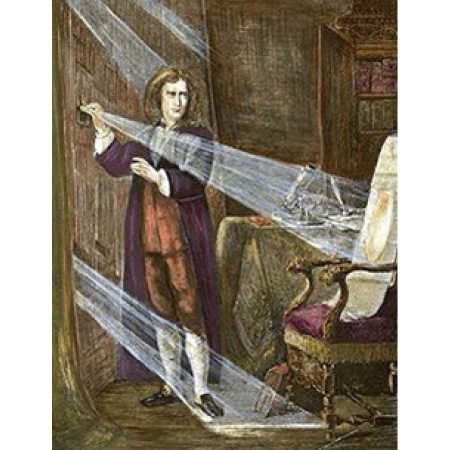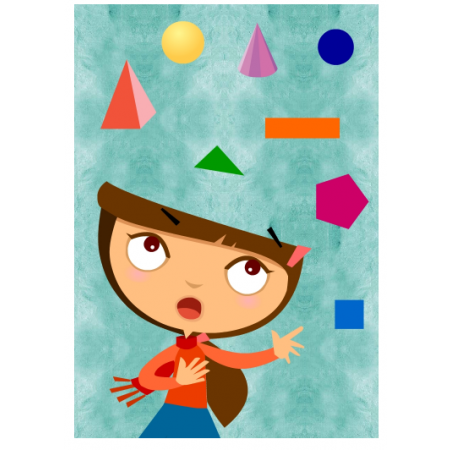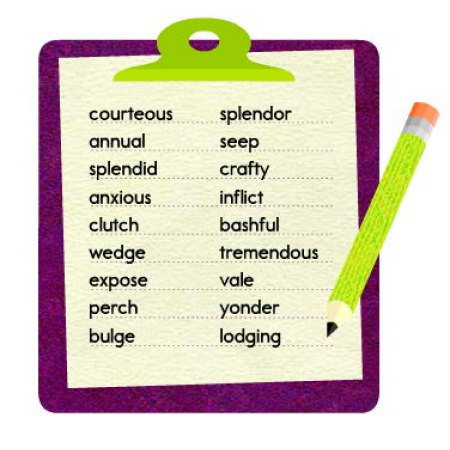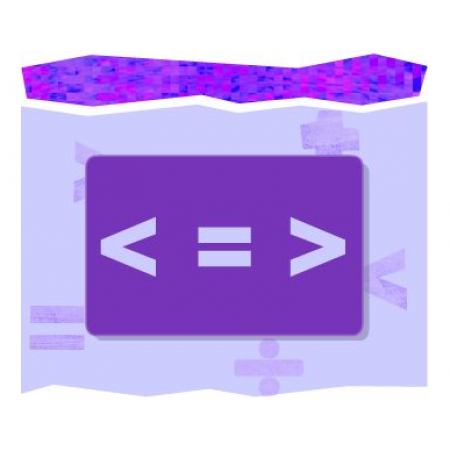-
CPU: 1.8 GHz or faster processor (or equivalent)
-
RAM: 1GB of RAM
-
Browser: Microsoft Internet Explorer 9.0 or higher, Mozilla Firefox 10.0 versions or higher, Chrome 17.0 or higher
- At this time our users are encouraged not to upgrade to Windows 10 or Edge (the new browser)
Mac OS
-
CPU: PowerPC G4 1 GHz or faster processor; Intel Core Duo 1.83 GHz or faster processor
-
RAM: 1GB of RAM
-
Browser: Firefox 10.0 versions or higher, Chrome 17.0 or higher (Safari is not supported!)
Using Mobile Devices with the Online School
Unfortunately, many portable devices do not support the software products required to run the Online School. These devices may include (but not limited to): Chromebooks, iPads, iPhones, iPods, Kindles, eReaders, and Andriod phones.
Internet ConnectionsIt is highly recommended that a broadband connection be used instead of dial up.

